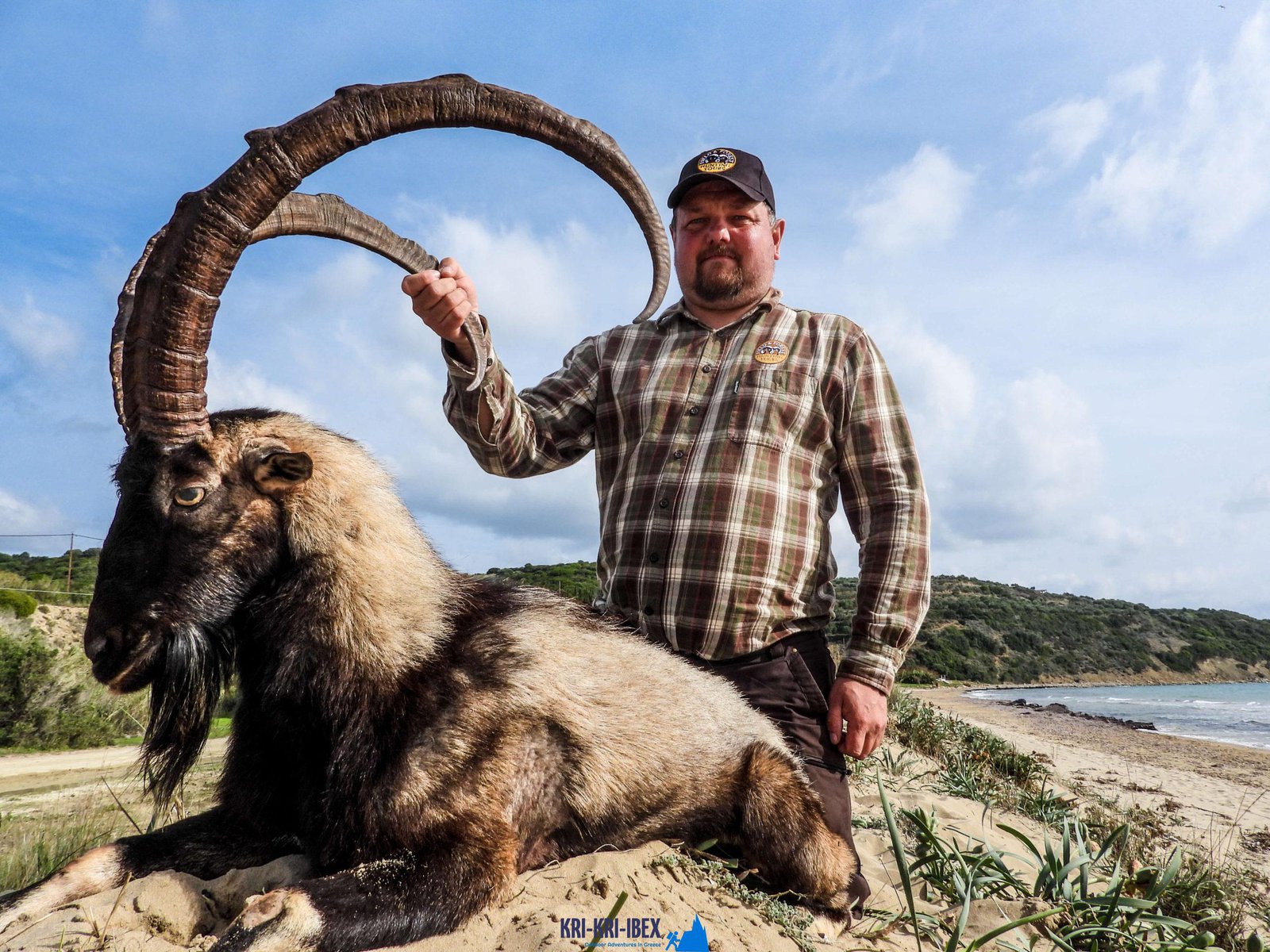A Tour of the 'Real' Greece - Peloponnese Outdoor Hunting, Fishing, and also Free Diving Tours
A Tour of the 'Real' Greece - Peloponnese Outdoor Hunting, Fishing, and also Free Diving Tours
Blog Article

The Peloponnese peninsula on the Greek Mainland is often referred to as the 'real' Greece. Due to the fact that it has actually managed to remain reasonably untouched by mass tourism and also maintains a lot of its standard appeal, this is. If you're searching for a genuine Greek experience, after that Peloponnese is the location for you. As well as what much better way to explore this stunning area than on among our outside searching, fishing, as well as complimentary diving scenic tours?

Pursuing the kri kri ibex in Greece can be a challenging task. Hunting big game in Greece is difficult for foreign hunters. Swine as well as roe deer are the single alternative for regional hunters besides the kri kri ibex, which is only hunted in meticulously safeguarded unique hunting territories such as certain islands. The Kri Kri Ibex and mouflon can only be fired on unique searching areas from morning up until noon, according to Greek regulation. Slugs are the only ammo allowed. You need to reserve a minimum of a year in advance for a license. To make sure that just significant seekers are allowed on these journeys, the Greek Ministry of Nature and also Agriculture concerns licenses. To make certain that the federal government issues a certain variety of licenses per year.
On our Peloponnese excursions, you'll reach experience all that this remarkable region needs to provide. We'll take you on a scenic tour of several of one of the most lovely and also historic websites in all of Greece, consisting of ancient ruins, castles, as well as much more. You'll also reach experience some of the conventional Greek culture firsthand by appreciating a few of the tasty food and also red wine that the area is understood for. And naturally, no trip to Peloponnese would be complete without a dip in the shimmering Mediterranean Sea! Whether you're a skilled seeker trying to find a first-time tourist or a brand-new adventure simply looking to check out Greece's sensational landscape, our Peloponnese scenic tours are ideal for you. So what are you awaiting? Book your trip today!
If you are seeking Kri Kri ibex search and also extraordinary getaway destination, look no more than the Sapientza island in Greece. With its stunning all-natural beauty, scrumptious food, and rich culture, you will certainly not be let down. Reserve among our searching as well as touring Peloponnese Tours from Methoni today, dot forget your prize Kri Kri ibex!
What is the diference between Kri Kri ibex, Bezoar ibex and hybrid ibex
The kri-kri is not thought to be indigenous to Crete, most likely having been imported to the island during the time of the Minoan civilization. Nevertheless, it is found nowhere else and is therefore endemic to Crete. It was common throughout the Aegean but the peaks of the 8,000 ft (2,400 m) White Mountains of Western Crete are their last strongholds–particularly a series of almost vertical 3,000 ft (900 m) cliffs called ‘the Untrodden’—at the head of the Samaria Gorge. This mountain range, which hosts another 14 endemic animal species, is protected as a UNESCO Biosphere Reserve. In total, their range extends to the White Mountains, the Samaria National Forest and the islets of Dia, Thodorou, and Agii Pandes.
This Ibex is NOT a diminutive form of the Bezoar Ibex, which has migrated into the western-most reach of the range of this species. The kri – kri (Capra aegagrus cretica), sometimes called the Cretan goat, Agrimi, or Cretan Ibex, is a feral goat inhabiting the Eastern Mediterranean, previously considered a subspecies of wild goat. The kri-kri has a light brownish coat with a darker band around its neck. It has two horns that sweep back from the head. In the wild they are shy and avoid tourists, resting during the day. The animal can leap some distance or climb seemingly sheer cliffs.
“The agrimi goat Capra aegagrus cretica is unique to Crete and its offshore islands. It has been identi®ed as a sub-species of the wild bezoar goat Capra aegagrus aegagrus Erxleben, 1777, which it closely resembles in horn shape, body form and coloration. This classi®cation has been disputed by some researchers who claim that the agrimi are feral goats, derived from early domestic stock brought to the island by the ®rst Neolithic settlers. In order to clarify this issue, DNA analyses (cytochrome b and D loop sequences) were carried out on tissue of live and skeletonized agrimi and compared to sequences of wild and domestic caprines. Results conclusively show the agrimi to be a feral animal, that clades with domestic goats (Capra hircus) rather than with wild Asiatic bezoar. This study demonstrates that morphometric criteria do not necessarily re¯ect genetic af®nities, and that the taxonomic classi®cation of agrimi should be revised.”
Report this page